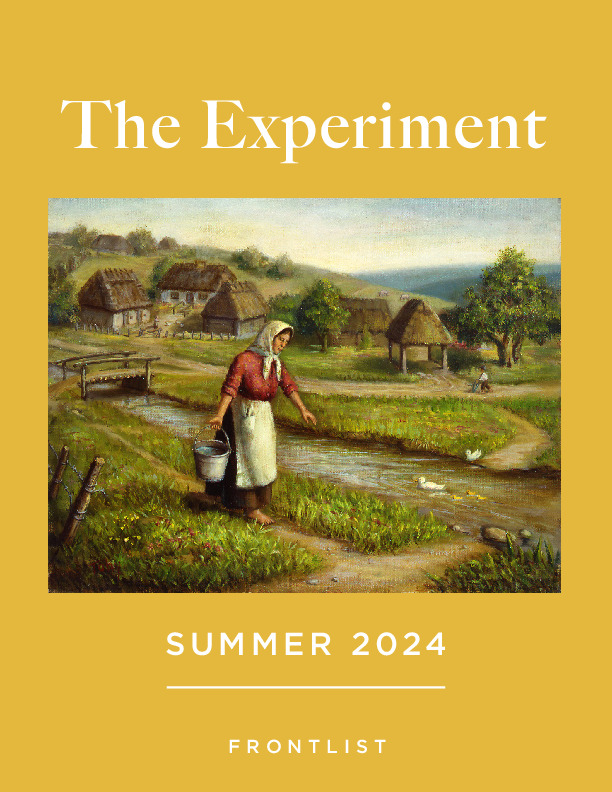Several folks around here are big fans of pie. Me, I’m a cookie person (let’s just say I closely identify with Cookie Monster). And I’m a pi person.
Try as I might, I can’t summon up a memory of when I first learned about pi (consulting Google, I see that it seems to be widely taught beginning in the fifth grade). But I can date precisely when I became a pi person: It was with the March 2, 1992 issue of The New Yorker. “The Mountains of Pi,” Richard Preston’s profile of the Chudnovksy brothers—David and Gregory—ran twenty-one pages in that issue, and I can clearly remember reading them as fast as I possibly could. A now-classic New Yorker profile, the piece describes “m zero,” the supercomputer the brothers designed and built to calculate pi as far out as possible.
“The digits of pi march to infinity in a predestined yet unfathomable code,” Preston writes. “They do not repeat periodically, seeming to pop up by blind chance, lacking any perceivable order, rule, reason, or design—‘random’ integers, ad infinitum.”
I had done well in math in high school, but I didn’t study math—or science much at all, really—as an undergraduate. Reading this piece, not quite four years after graduating from college, was the moment when I began to realize what a mistake that had been.
“They say that nothing known to humanity appears to be more deeply unpredictable than the succession of digits in pi,” Preston writes of the Chudnovsky brothers, “except, perhaps, the haphazard clicks of a Geiger counter as it detects the decay of radioactive nuclei. But pi is not random. The fact that pi can be produced by a relatively simple formula means that pi is orderly. Pi looks random only because the pattern in the digits is fantastically complex.”
Order versus chaos. The more I read about matters scientific, the more, of course, I can’t help but encounter this dialectic again and again. (Earlier this week I saw the new movie Particle Fever, about the many-year quest to discover the Higgs boson via the Large Hadron Collider at CERN. At the heart of the movie—and the quest for Higgs—is just this dialectic.) It’s the way pi captures—inimitably—the tension between them that won’t let me go.
And BTW, if you, too, regret not having kept up with mathematics, our Old Dogs, New Math is an ideal refresher course.




